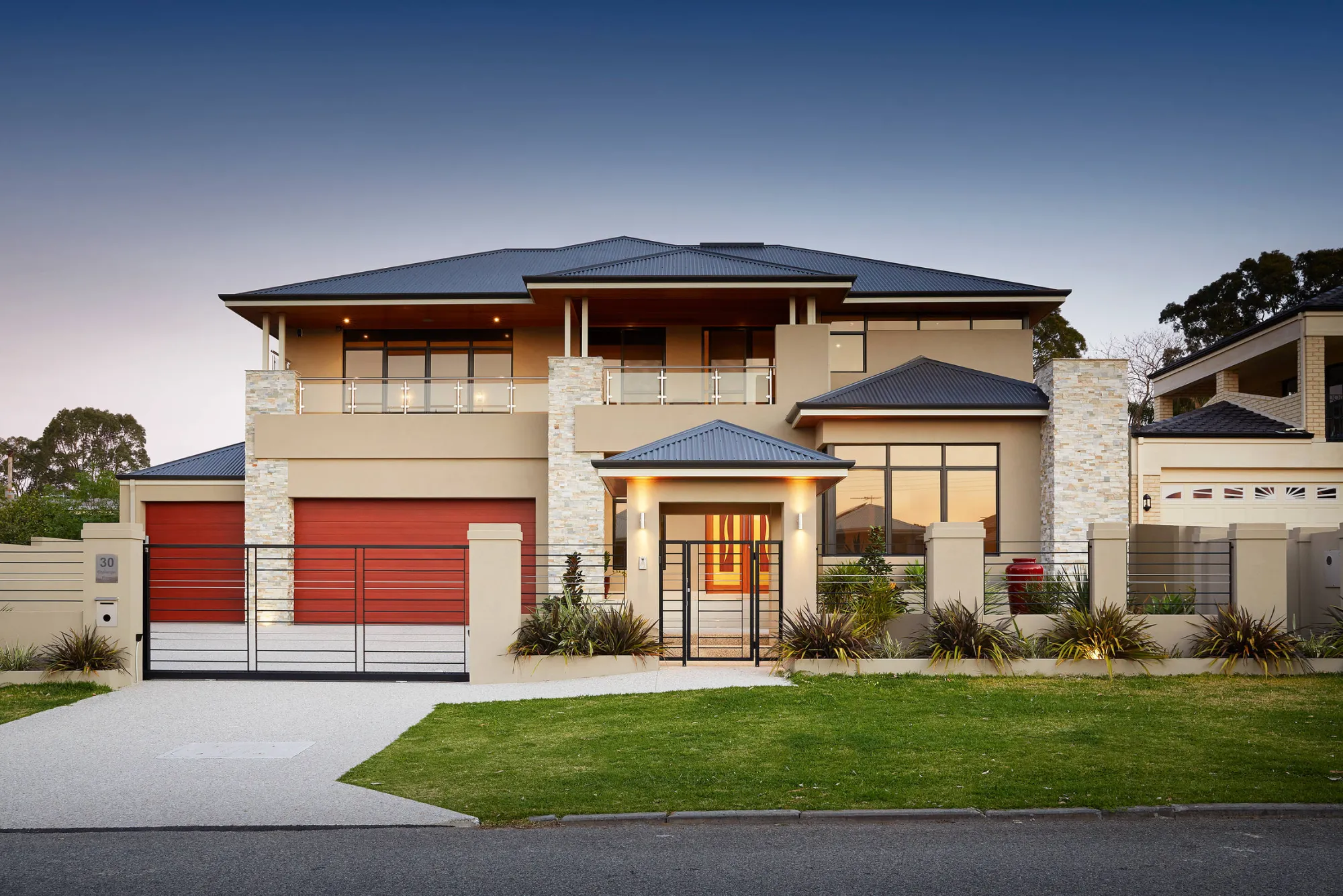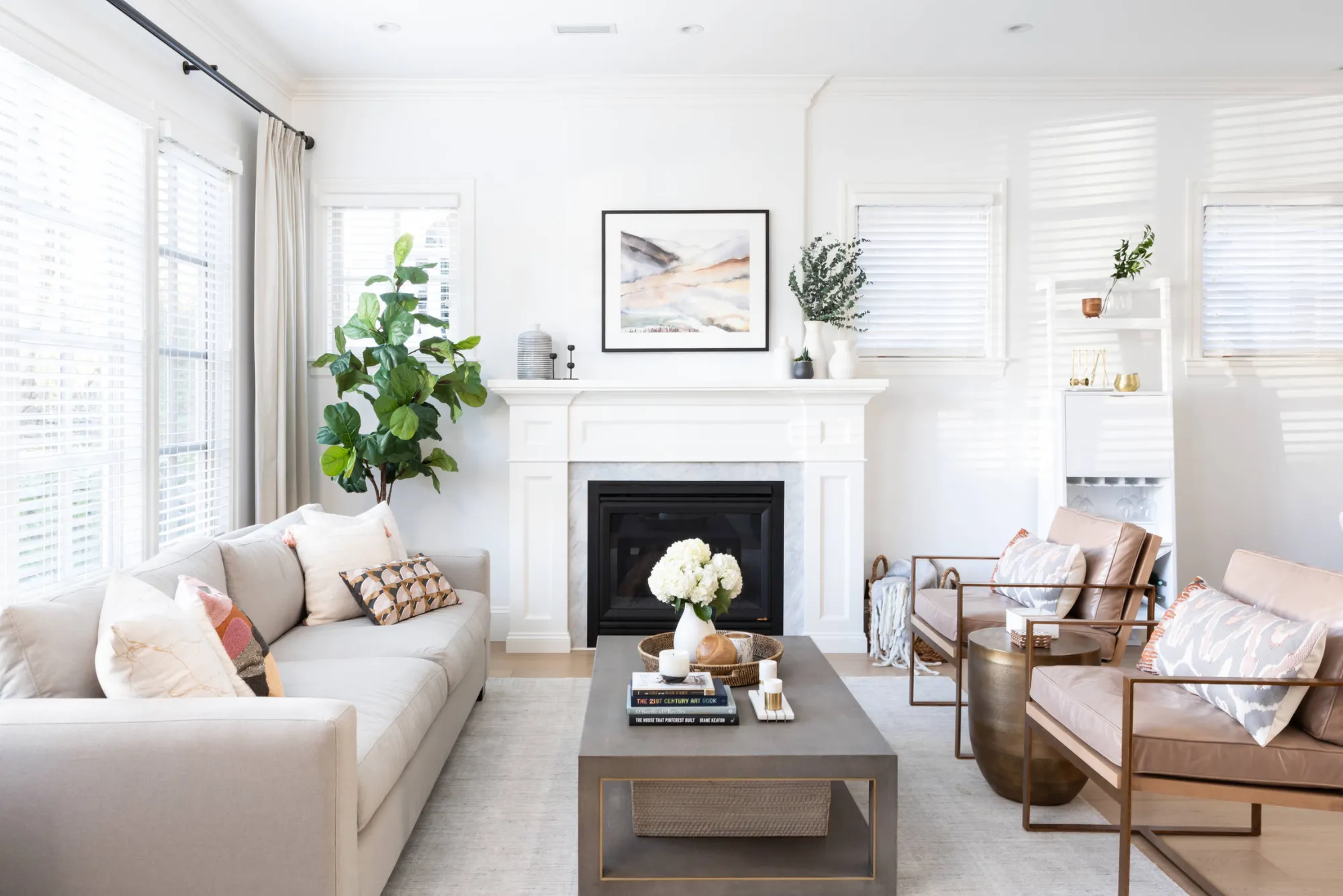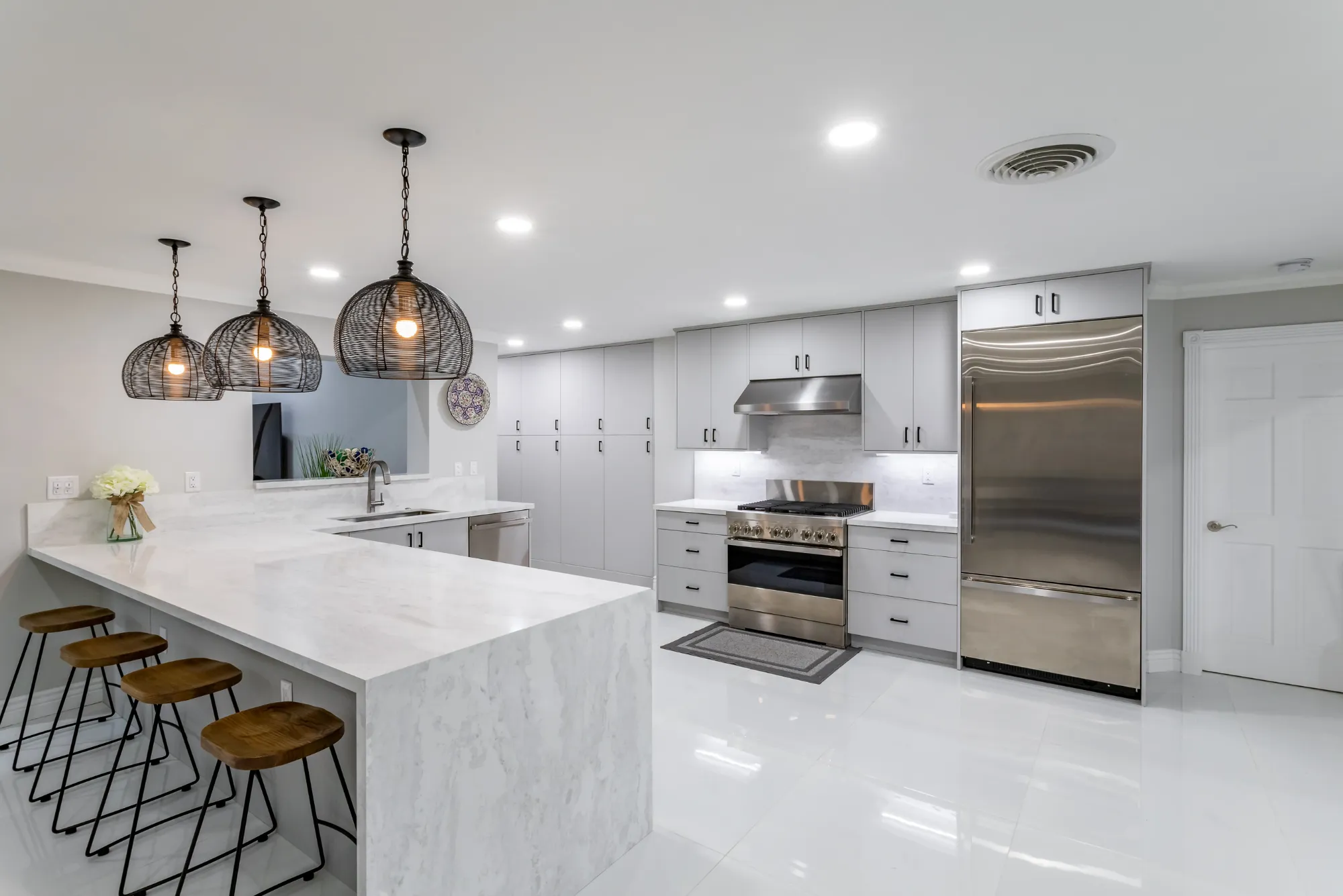The kwatro aguas roof design, commonly known as the hip roof, is a roofing style characterized by its four sloping sides that converge at a central ridge. This design is prevalent in various architectural styles, admired for its combination of aesthetic appeal and functional benefits. In this comprehensive guide, we will explore the kwatro aguas roof design, delving into its key features, the benefits it offers, the construction process involved, and important considerations for those planning to incorporate this design into their buildings.
Understanding the Kwatro Aguas Roof Design
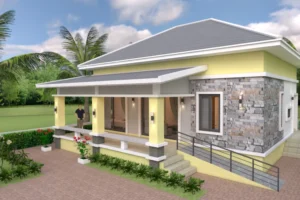
The kwatro aguas roof design is defined by its four sloping sides that meet at a central ridge. Unlike the more common gable roof, which features only two sides, the kwatro aguas roof extends its slopes on all sides of the structure. This design creates a pyramid-like or tent-like appearance, depending on the building’s layout and the steepness of the roof’s pitch. The central ridge, where all four sides converge, serves as a crucial structural element, providing balance and stability to the overall design.
This roofing style is not just about aesthetics; it also offers practical advantages that make it a popular choice in various climates and architectural applications. The design’s unique structure allows for better weight distribution and wind resistance, making it suitable for areas prone to extreme weather conditions. Additionally, the continuous slopes ensure efficient water runoff, reducing the risk of water accumulation and potential leaks.
The Distinctive Features of Kwatro Aguas Roof Design
One of the most distinctive features of the kwatro aguas roof design is its four-sided slopes. These slopes are typically inclined at a consistent angle, creating a uniform appearance from all sides. The central ridge, which runs horizontally across the top of the roof, is another defining characteristic. This ridge serves as the meeting point for all four sides, adding structural integrity and enhancing the roof’s stability.
Another key feature of the kwatro aguas roof is the presence of overhangs or eaves. These overhangs extend beyond the walls of the building, providing additional protection to the exterior walls from rainwater and direct sunlight. The overhangs also contribute to the overall aesthetic of the roof, giving it a more finished and polished look.
The symmetrical nature of the kwatro aguas roof design is another important feature. This symmetry not only adds to the visual appeal of the structure but also ensures even weight distribution across all sides. This balanced distribution of weight is particularly beneficial in regions prone to high winds, as it reduces the risk of structural damage.
The Advantages of Choosing Kwatro Aguas Roof Design
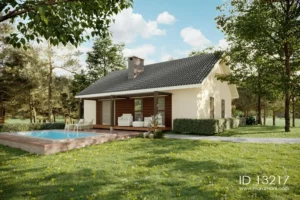
The kwatro aguas roof design offers several advantages that make it a preferred choice for both residential and commercial buildings. One of the most significant benefits is its enhanced stability. The design’s four-sided slope ensures that the weight of the roof is evenly distributed across all sides of the structure, reducing the likelihood of damage during extreme weather conditions, such as hurricanes or heavy storms. This makes the kwatro aguas roof an ideal choice for buildings in areas prone to such weather events.
Another advantage of the kwatro aguas roof design is its efficient water drainage system. The sloping sides allow rainwater to flow off the roof quickly and efficiently, preventing water from pooling and reducing the risk of leaks and water damage. This feature is particularly beneficial in regions with heavy rainfall, where effective water management is crucial for maintaining the integrity of the roof and the building as a whole.
The kwatro aguas roof design is also known for its aesthetic appeal. The symmetrical and balanced proportions of the roof create a visually pleasing structure that enhances the overall appearance of any building. Whether used in traditional or modern architectural designs, the kwatro aguas roof adds an element of elegance and sophistication that is hard to achieve with other roofing styles.
In addition to its aesthetic and functional benefits, the kwatro aguas roof design also contributes to energy efficiency. The overhangs provide shade to the building’s exterior walls, reducing the amount of direct sunlight that enters the building. This natural shading helps to keep the interior of the building cooler, reducing the need for air conditioning and, as a result, lowering energy costs. In warmer climates, this feature can make a significant difference in the overall energy efficiency of a building.
The Construction Process of Kwatro Aguas Roof Design
Constructing a kwatro aguas roof requires careful planning and precision to ensure that the final structure is both functional and aesthetically pleasing. The process begins with detailed planning and design, where architects and engineers consider various factors such as the size of the building, the desired pitch of the roof, and local building codes. This planning phase is crucial, as it lays the foundation for the entire construction process.
Once the planning and design are complete, the next step is framing the roof. The framing process involves creating the skeleton of the roof using trusses, which are typically made from wood or metal. These trusses are carefully measured and cut to form the four sloping sides and the central ridge of the roof. The trusses are then assembled and secured to the walls of the building, creating the basic structure of the roof.
After the framing is complete, the roof deck is installed. The roof deck serves as the base for the roofing material and is usually made from plywood or oriented strand board (OSB). The deck is carefully attached to the trusses to ensure that it is stable and secure. This step is critical, as the deck provides the support needed for the roofing material that will be applied in the next phase.
Once the roof deck is in place, the next step is applying the roofing material. The choice of material can vary depending on factors such as climate, budget, and personal preference. Common roofing materials used in kwatro aguas roof designs include shingles, tiles, and metal panels. Each material has its own advantages and considerations, so it is important to choose the one that best suits the specific needs of the building and its location.
The final step in the construction process is adding the finishing touches to the roof. This includes installing gutters and downspouts, which help to direct rainwater away from the building, and adding flashing around chimneys, vents, and other roof penetrations to prevent leaks. These finishing touches not only enhance the functionality of the roof but also contribute to its overall appearance.
Important Considerations for Kwatro Aguas Roof Design
When planning to incorporate a kwatro aguas roof design into a building, there are several important considerations to keep in mind. One of the primary factors to consider is the cost. The kwatro aguas roof design is generally more expensive to construct than other roof types due to its complexity and the amount of material required. However, the long-term benefits of this design, such as its durability and energy efficiency, often outweigh the initial investment.
Maintenance is another important consideration for kwatro aguas roof design. While this type of roof is known for its durability, regular maintenance is essential to ensure its longevity. Periodic inspections should be conducted to check for any signs of wear and tear, such as loose shingles, damaged flashing, or clogged gutters. Addressing these issues promptly can help to prevent more significant problems down the line and extend the life of the roof.
The climate in which the building is located is also a key consideration when choosing a kwatro aguas roof design. This roofing style is particularly well-suited for areas with high winds and heavy rainfall, as its sloping sides and central ridge provide enhanced stability and efficient water drainage. However, in regions with heavy snowfall, the kwatro aguas roof may not be the best choice, as the sloping sides can accumulate snow, putting additional stress on the roof and increasing the risk of damage.
Finally, it is important to consider whether the kwatro aguas roof design complements the overall architectural style of the building. While this roofing style works well with many different architectural designs, it may not be suitable for all. Ensuring that the roof design is in harmony with the rest of the building’s architecture will result in a more cohesive and visually appealing final structure.
The kwatro aguas roof design is a versatile and aesthetically pleasing option for both residential and commercial buildings. With its four-sided slopes, central ridge, and overhangs, this roofing style offers enhanced stability, efficient water drainage, and energy efficiency. While it may require a higher initial investment and ongoing maintenance, the long-term benefits of the kwatro aguas roof design make it a worthwhile choice for many property owners. Whether you are building a new home or renovating an existing structure, the kwatro aguas roof design is a practical and attractive option that can add value and beauty to your property.

